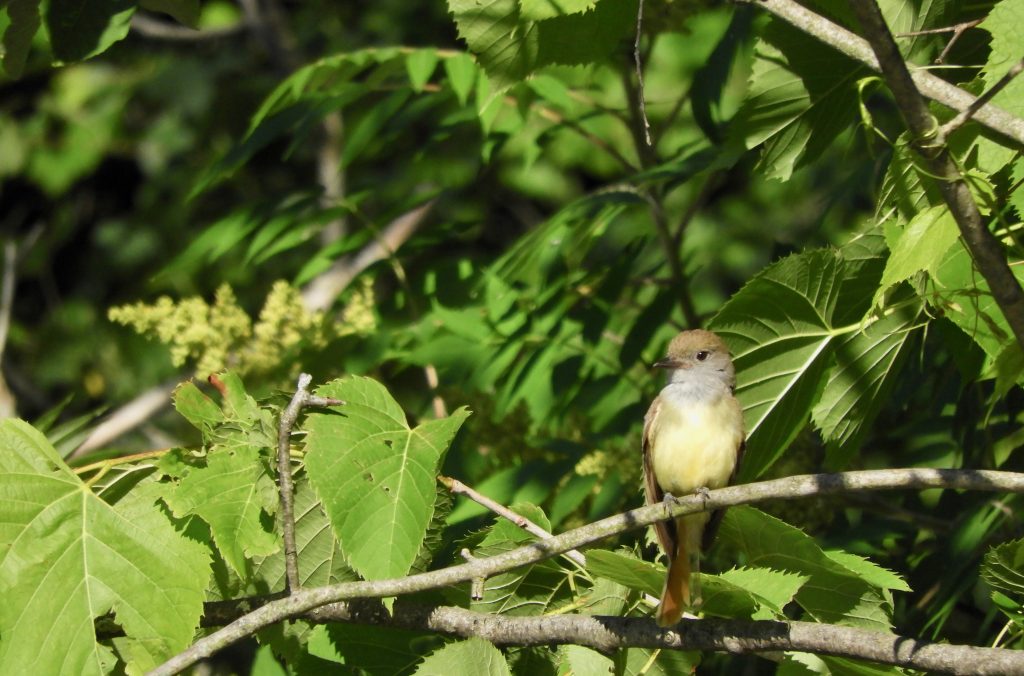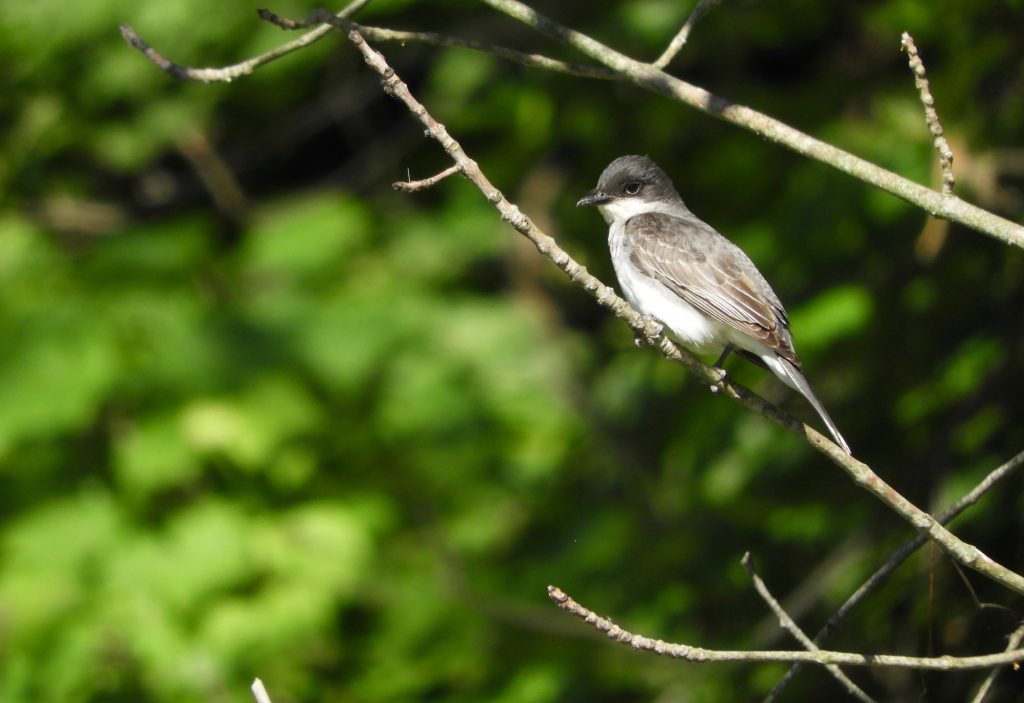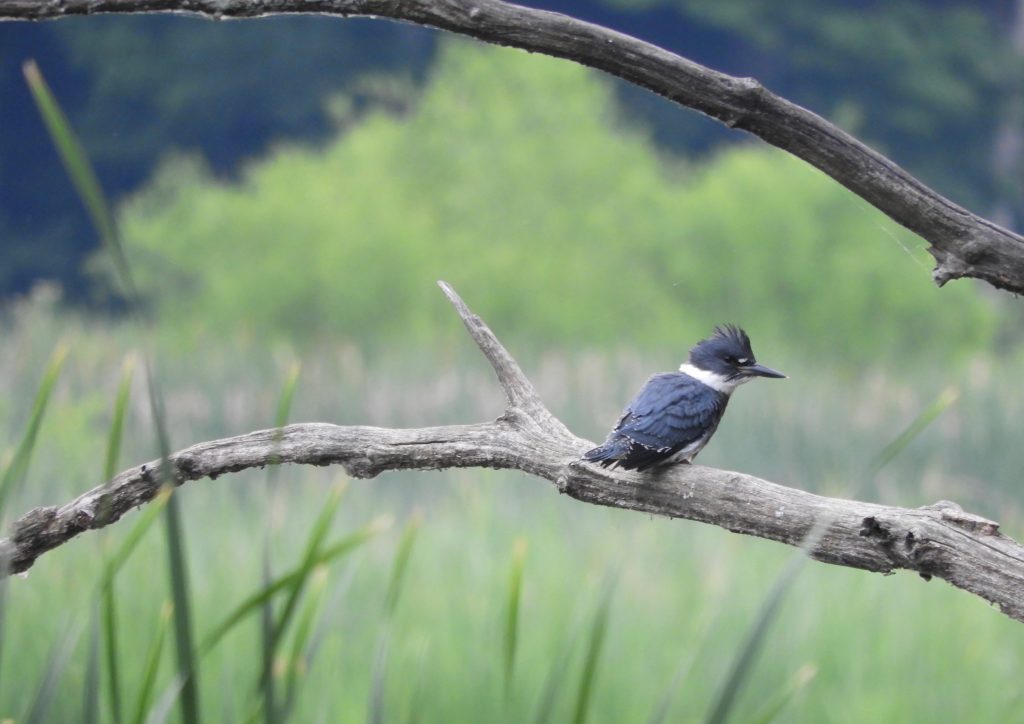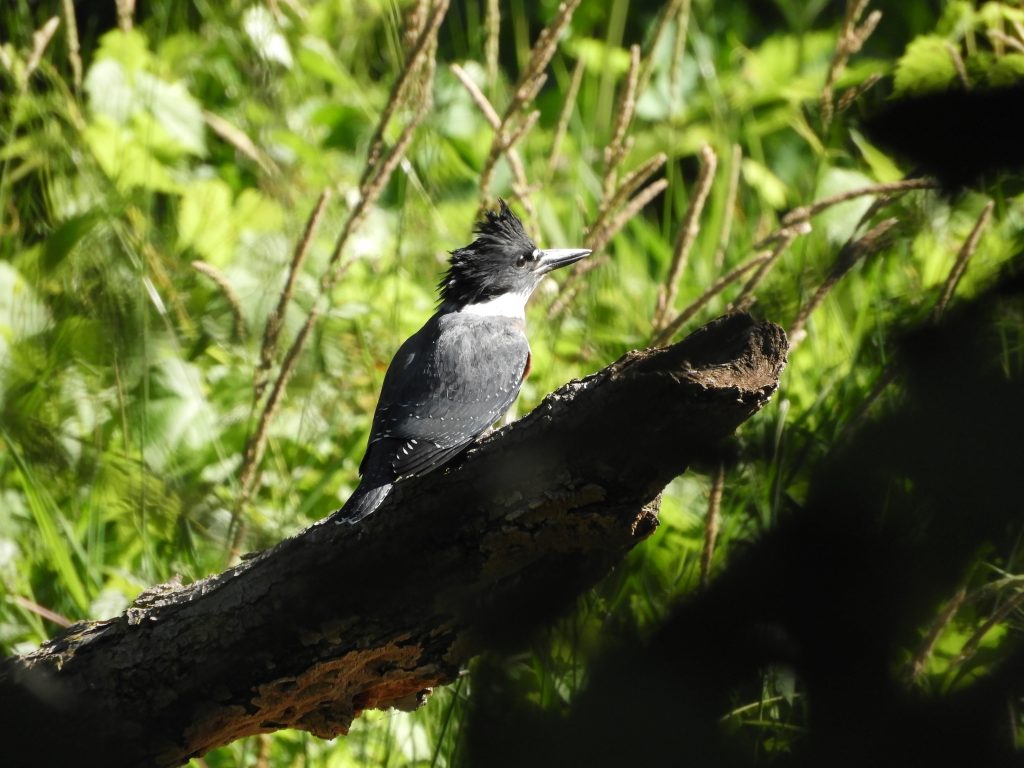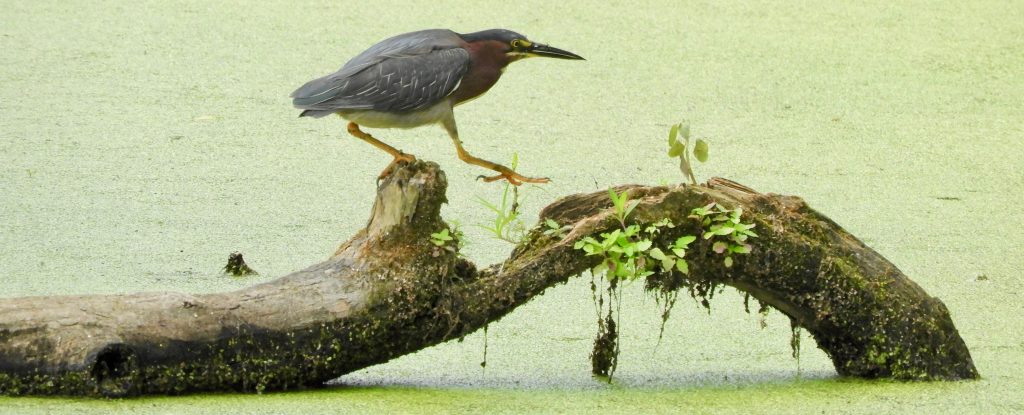 Royal Botanical Gardens. Hendrie Valley, Burlington. ON. July 28 2022. This evening, with two hours of daylight in hand, we walked the valley for no better reason than its stroll value.
Royal Botanical Gardens. Hendrie Valley, Burlington. ON. July 28 2022. This evening, with two hours of daylight in hand, we walked the valley for no better reason than its stroll value.
There was no choice but to go single-file along the first half of the trail, it was thickly overgrown, head-high and smelled heavily of mid-summer. Over my shoulder, I commented that last March I’d wondered whether anything could ever possibly regrow here, the flood-scoured ground, frozen with drifts of pan-ice seemed so impossible. But now, as is inevitably the case, countless millions of plants clambered over and through each other in their crush for light and space to reseed.
We reached our turnaround point on a small boardwalk that cut across a shallow pond, green with Common Duckweed. It is a favourite stopping place and often the place to see our familiar Eastern Screech Owl (but not today). A female Wood Duck was quietly sifting the waters, but other than that there was little bird life to see. With close listening I could pick out a mewing Gray Catbird, a couple of Blue Jays, Black-capped Chickadees and the occasional far off croak of a Great Blue Heron.
A Green Heron flew quickly across a patch of sky uttering its short, metallic shriek to announce its descent into ponds a couple of corners away from us.
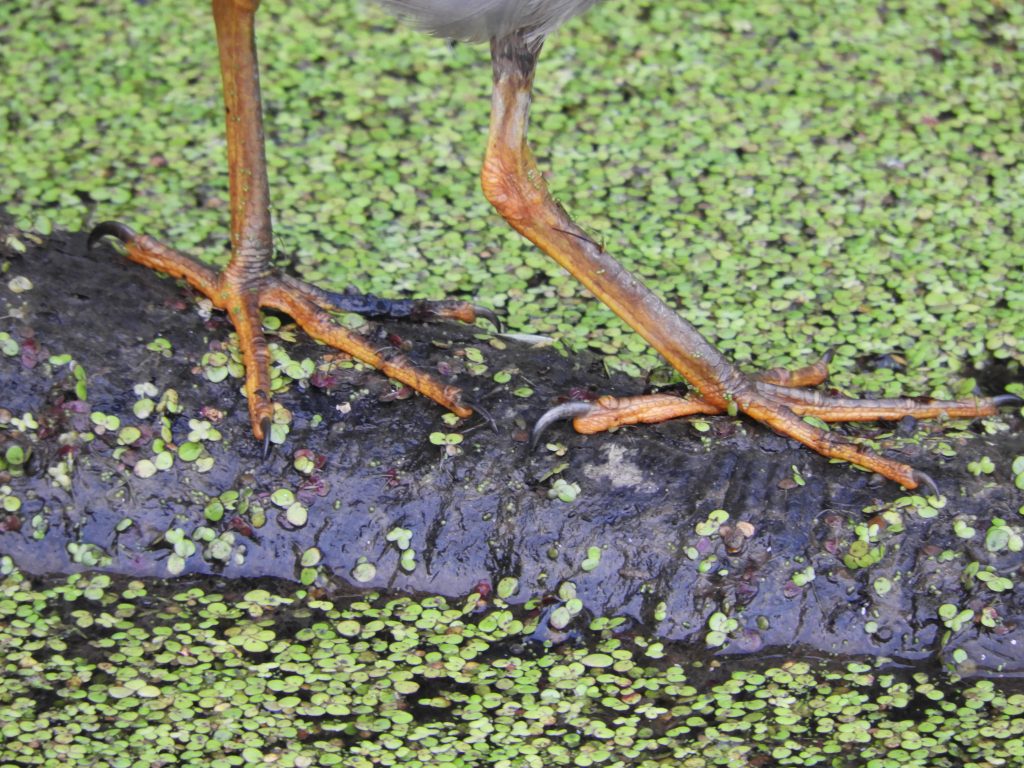
Then quietly another Green Heron drifted over, turned and wheeled down towards our pond and settled not five meters from us. Funny how hard it is sometimes to see a Green Heron, but they’re not big like a Great Blue, they are crow-size, often inconspicuous and they just mind their own business stalking fish along the edges of quiet ponds and waterways. Sometimes they will hold a pose in ambush, motionless for many minutes at a time. I watched this one make its careful way, along a zigzag log, each step taken slowly, almost daintily, allowing its long toes to wrap a secure grip each time.
It made several rapid stabs for small fry and then one particularly satisfying lunge for a small Brown Bullhead (catfish). A quick down-the-hatch swallow for the catfish, followed by dipping its bill like a cleansing ritual, and it turned, retraced its steps and hopped over to another log to start again. I managed to record about four minutes of video and this is taken from the catfish moment. A quiet evening and the Green Heron was an easy Bird of the Day.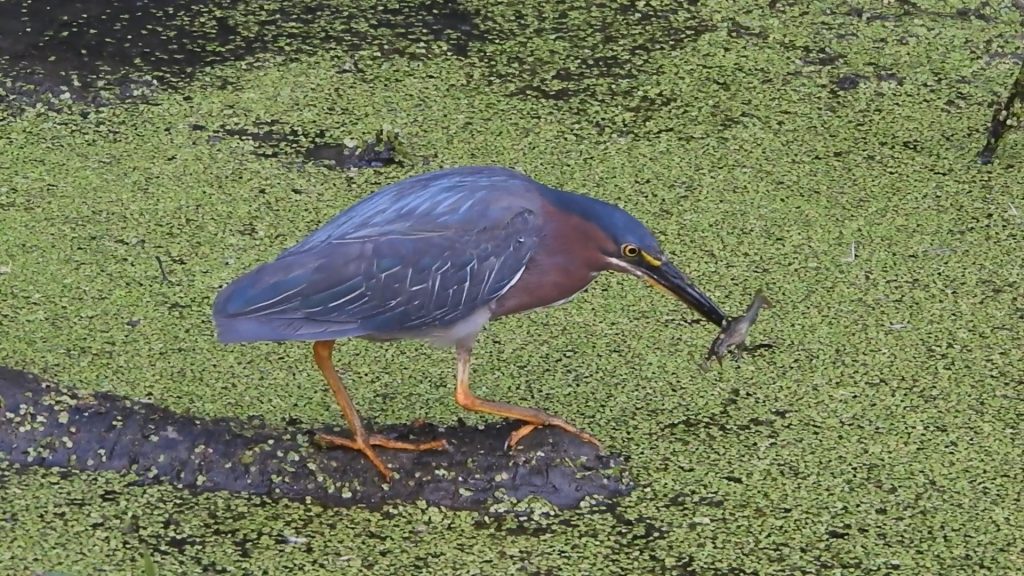
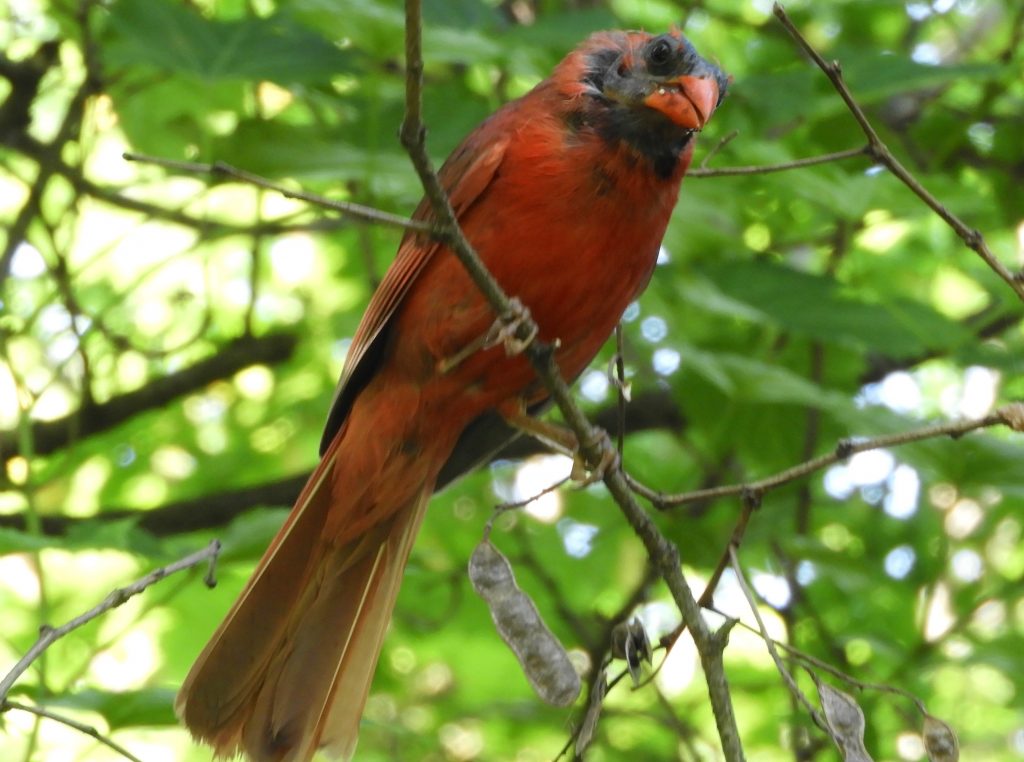
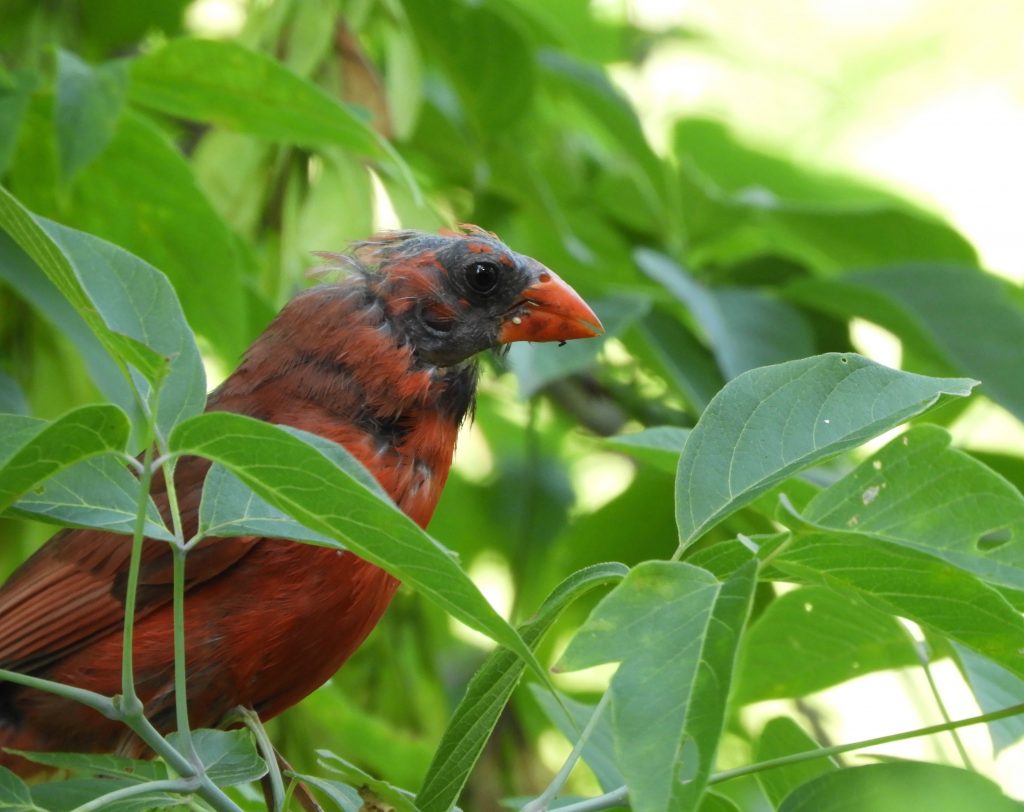
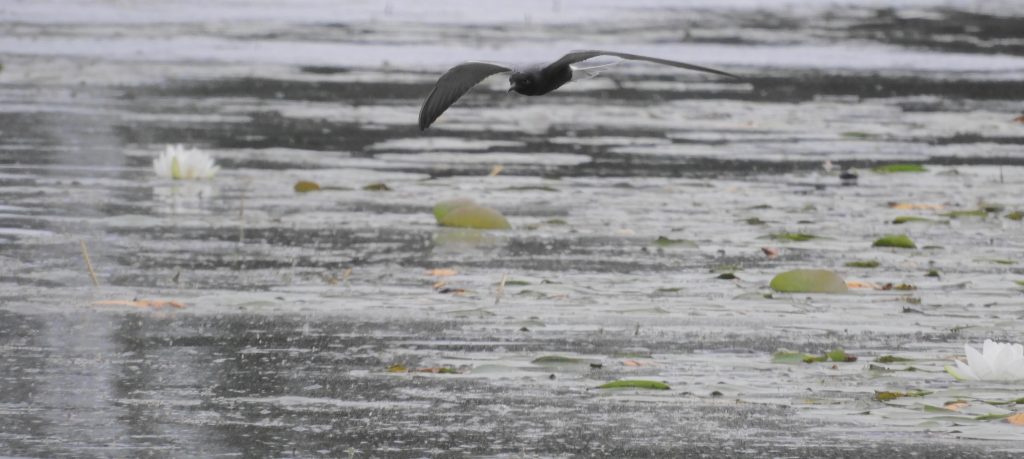 Port Perry, ON. July 8 2022. While a car full of adults might ignore hunger pangs for a while, a nursing 8-month old is almost certain to call for immediate satisfaction. It was exactly that set of circumstances that broke our longish journey into several parts today, happily we made each stop somewhere green, shady and mosquito-free.
Port Perry, ON. July 8 2022. While a car full of adults might ignore hunger pangs for a while, a nursing 8-month old is almost certain to call for immediate satisfaction. It was exactly that set of circumstances that broke our longish journey into several parts today, happily we made each stop somewhere green, shady and mosquito-free.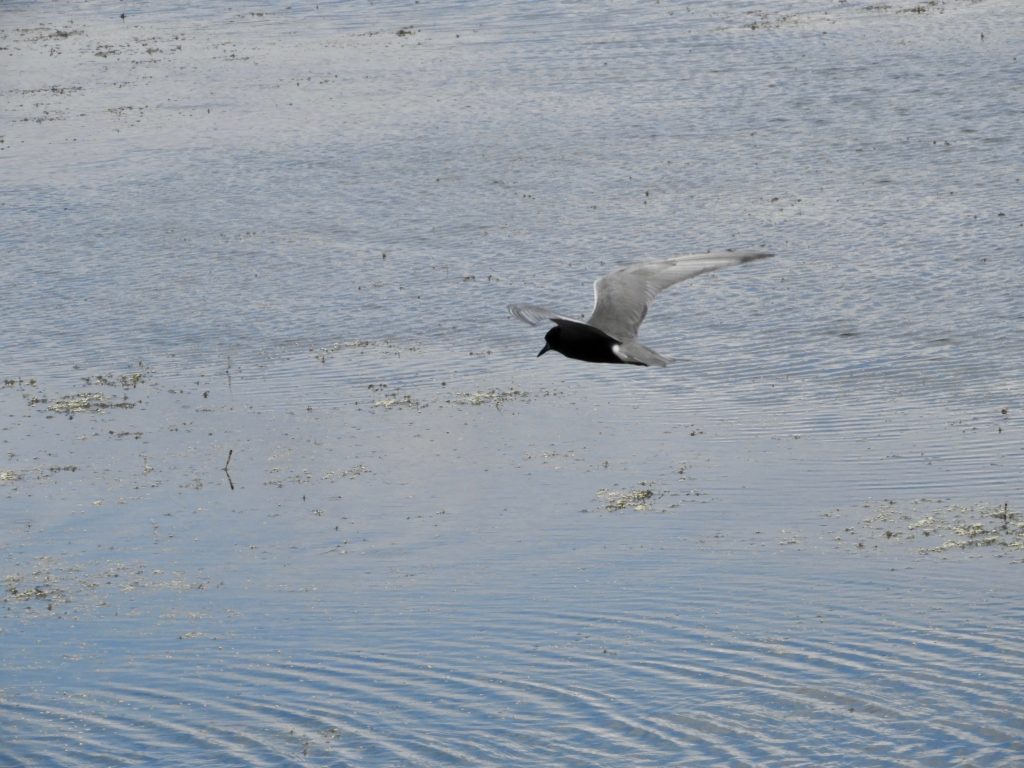
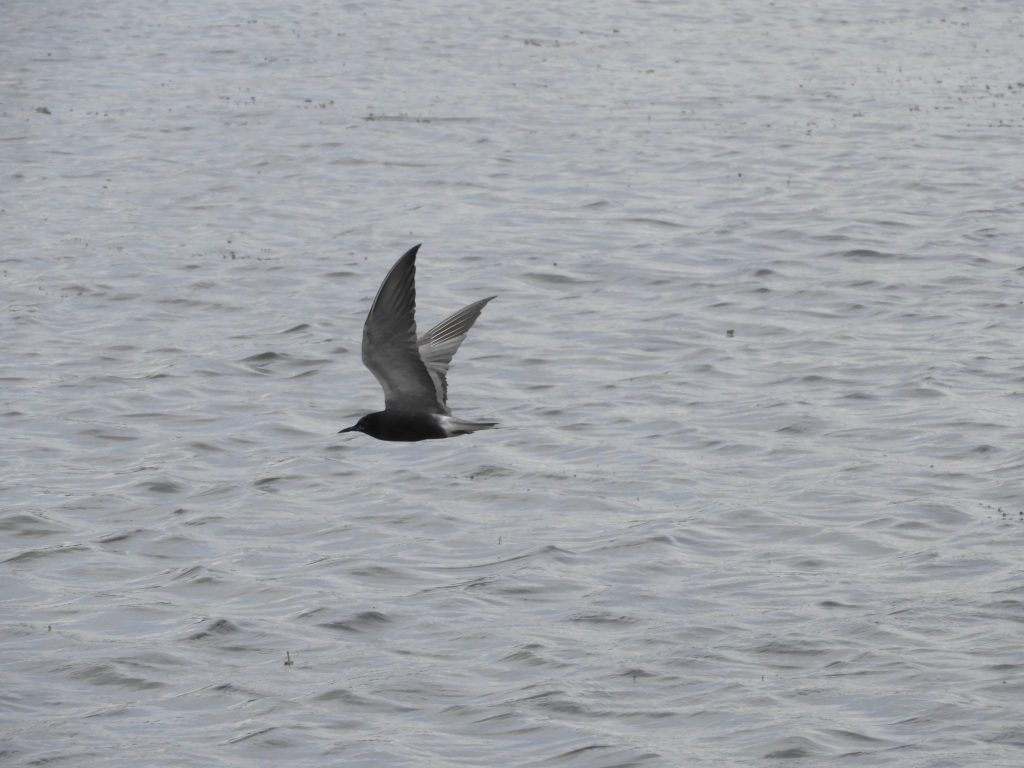
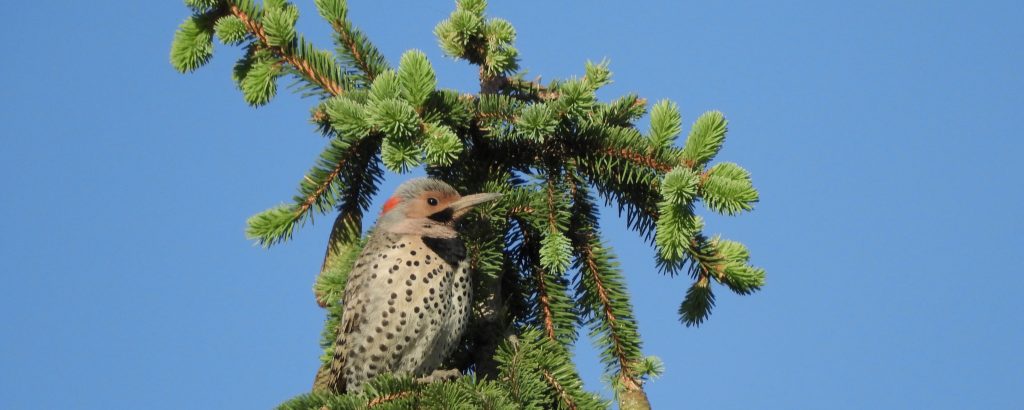 Burlington Bay, ON. June 17 2022. A week or two ago I walked a stretch of overgrown and unloved beach. It can be interesting birding but the charm is rather diminished by the washed-up litter, plastics and boating paraphernalia. It is tangled and overgrown with non-native vegetation, mostly it seems plants that produce seeds-that-cling, things like Common Burdock and Rough Cocklebur.
Burlington Bay, ON. June 17 2022. A week or two ago I walked a stretch of overgrown and unloved beach. It can be interesting birding but the charm is rather diminished by the washed-up litter, plastics and boating paraphernalia. It is tangled and overgrown with non-native vegetation, mostly it seems plants that produce seeds-that-cling, things like Common Burdock and Rough Cocklebur.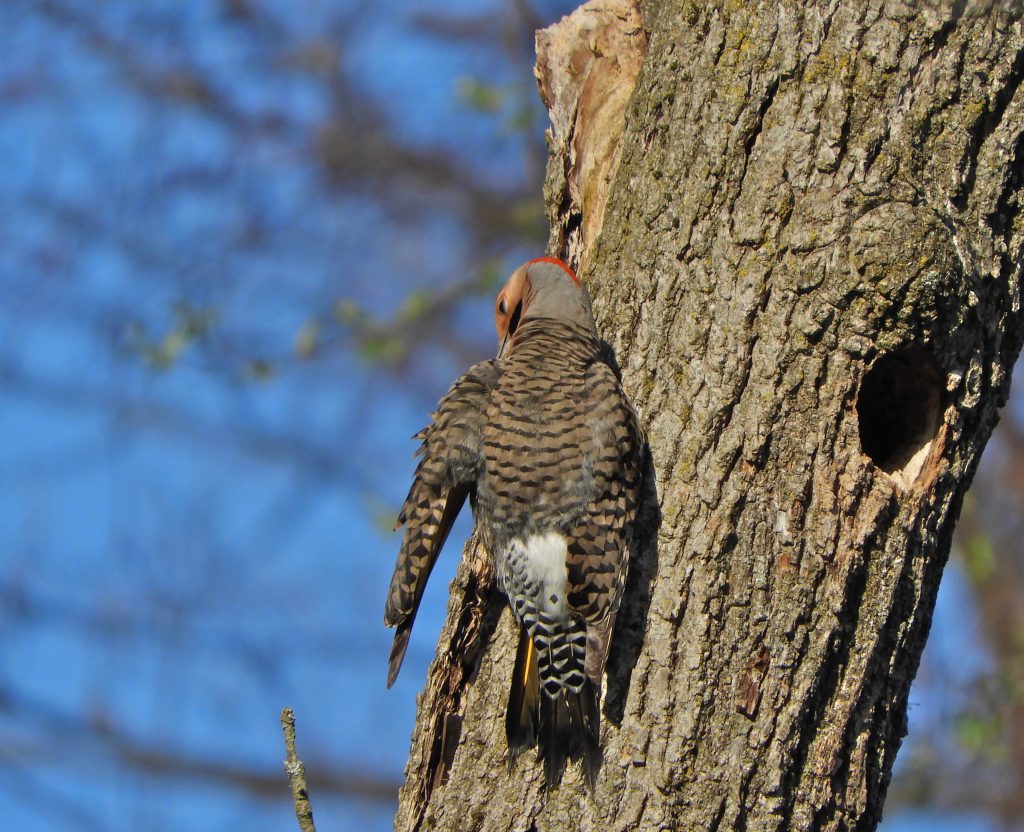
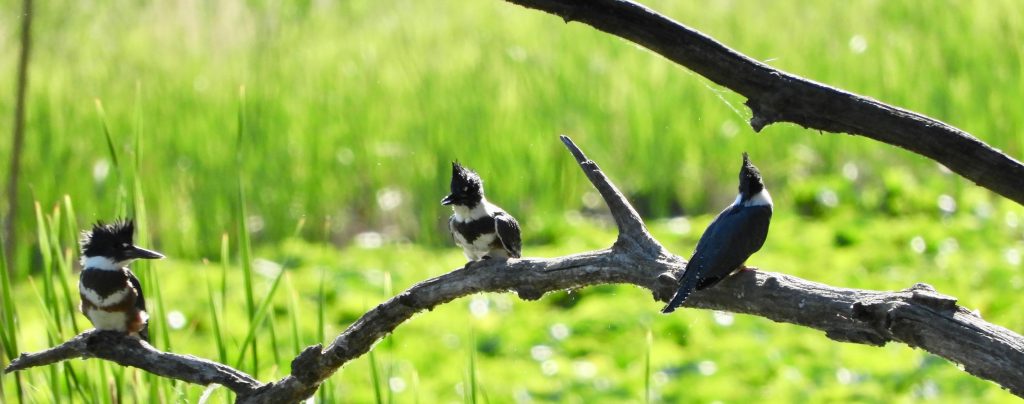 Royal Botanical Gardens. Hendrie Valley, Burlington. ON. June 24 2022. A gorgeous mid-summer morning and I was up and out early to hike the valley; once again looking for evidence of breeding birds. I made a little progress by confirming the presence of fledged young, in this case Belted Kingfishers.
Royal Botanical Gardens. Hendrie Valley, Burlington. ON. June 24 2022. A gorgeous mid-summer morning and I was up and out early to hike the valley; once again looking for evidence of breeding birds. I made a little progress by confirming the presence of fledged young, in this case Belted Kingfishers.